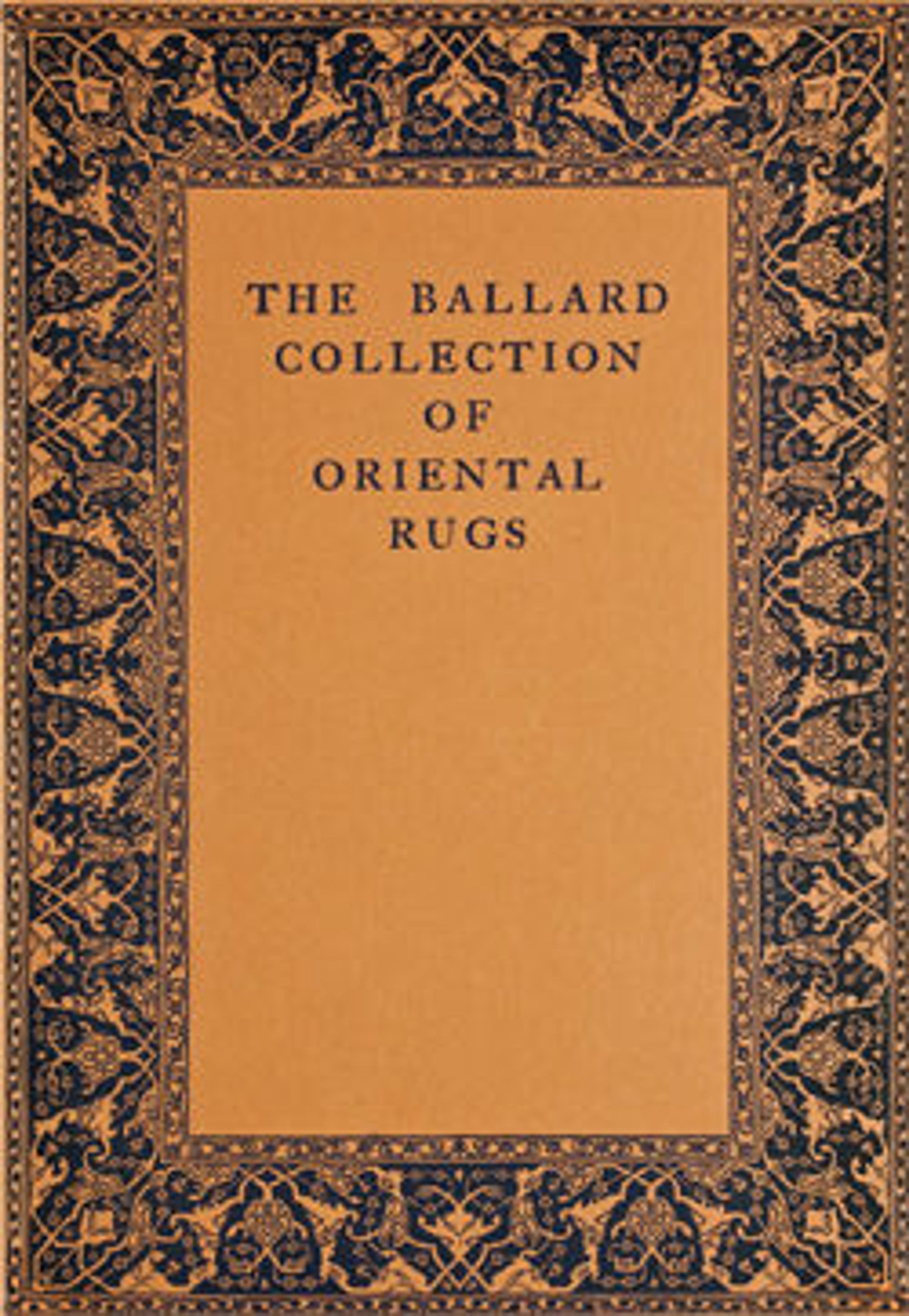'Bellini' Carpet
The significance of the unusual "keyhole" motif in the bottom portion of this and other similar carpets is a source of debate. Some scholars interpret it as representing a mihrab (a niche indicating the direction of Mecca) or a gateway, while others see it as a fountain associated with ablutions performed before prayer. Carpets exhibiting this design have come to be known as "Bellini" carpets, after the Venetian artist Giovanni Bellini (d. 1516), who portrayed such weavings placed under the feet of the Madonna in his paintings.
Artwork Details
- Title:'Bellini' Carpet
- Date:first half 16th century
- Geography:Attributed to Turkey, Ushak
- Medium:Wool (warp, weft and pile); symmetrically knotted pile
- Dimensions:Rug: L. 69 in. (175.3 cm)
W. 42 in. (106.7 cm)
Mount: L. 75 5/8 in. (192.1 cm)
Wt. 95 lbs. (43.1 kg)
W. 46 1/2 in. (118.1 cm)
D. 2 5/8 in. (6.7 cm) - Classification:Textiles-Rugs
- Credit Line:The James F. Ballard Collection, Gift of James F. Ballard, 1922
- Object Number:22.100.109
- Curatorial Department: Islamic Art
Audio
6645. Overview: Ottoman Classical Carpets
0:00
0:00
We're sorry, the transcript for this audio track is not available at this time. Please email info@metmuseum.org to request a transcript for this track.
More Artwork
Research Resources
The Met provides unparalleled resources for research and welcomes an international community of students and scholars. The Met's Open Access API is where creators and researchers can connect to the The Met collection. Open Access data and public domain images are available for unrestricted commercial and noncommercial use without permission or fee.
To request images under copyright and other restrictions, please use this Image Request form.
Feedback
We continue to research and examine historical and cultural context for objects in The Met collection. If you have comments or questions about this object record, please contact us using the form below. The Museum looks forward to receiving your comments.
